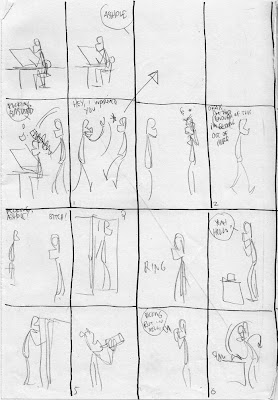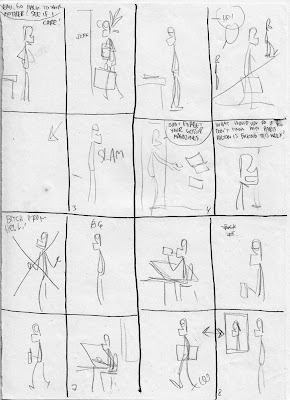

It's time to go to Angoulême. Here's a strip I made from my first visit.
Text: Some impressions from Angoulême 2000 / Arrival! / Crumb concert! / Moebius exhibition! / Saturday! / Sunday! / Going home!





Burt Lancaster is an old nobody from the glory days of Atlantic City that finally gets to be a hero. Also starring Susan Sarandon, directed by Louis Malle.
This is very much a European vision of America. Just like Barfly by Barbet Schroeder it's more interested in the backside of the American Dream. It's a great role for Lancaster. In a small part we also see Wally Shawn from Malle's My Dinner With André. This is the last Lancaster film for now, but I hope to find some more. I'd like to see the other films he did with Frankenheimer and also Elmer Gantry that he won his Oscar for.
